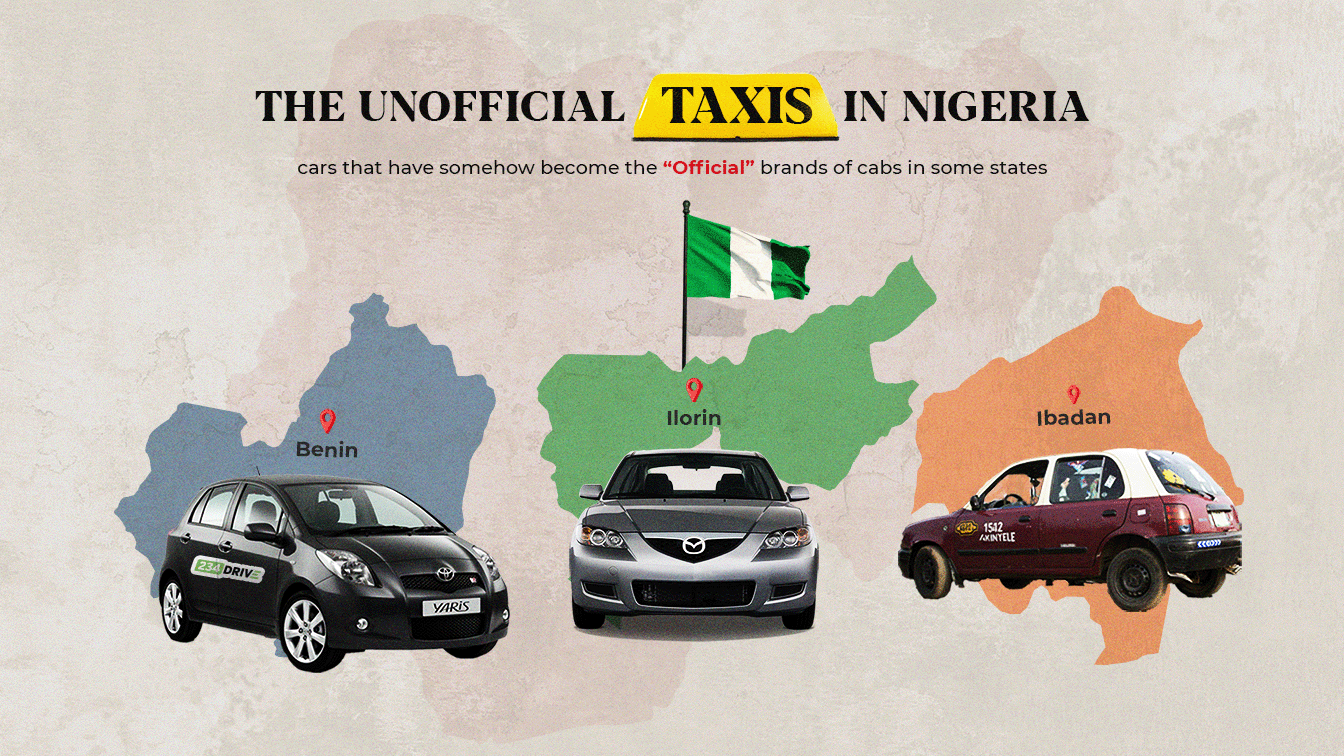In London, the official taxi is the ‘Black Cab’, an Austin FX4 built specifically for taxi use. On the other side of the Atlantic, in New York, the official cab was the Ford Crown Victoria. In the 1990s and early 2000s, the Ford Crown Victoria ruled the streets of America. Movies of the time portrayed taxis with the yellow Crown Victoria, with its taxi sign mounted on the roof. Today, the presence of many privateer taxi companies such as Uber have phased out the use of specific vehicles as taxis. Conversely, there has been a rise in the use of certain vehicles as unofficial taxis across various states in Nigeria.
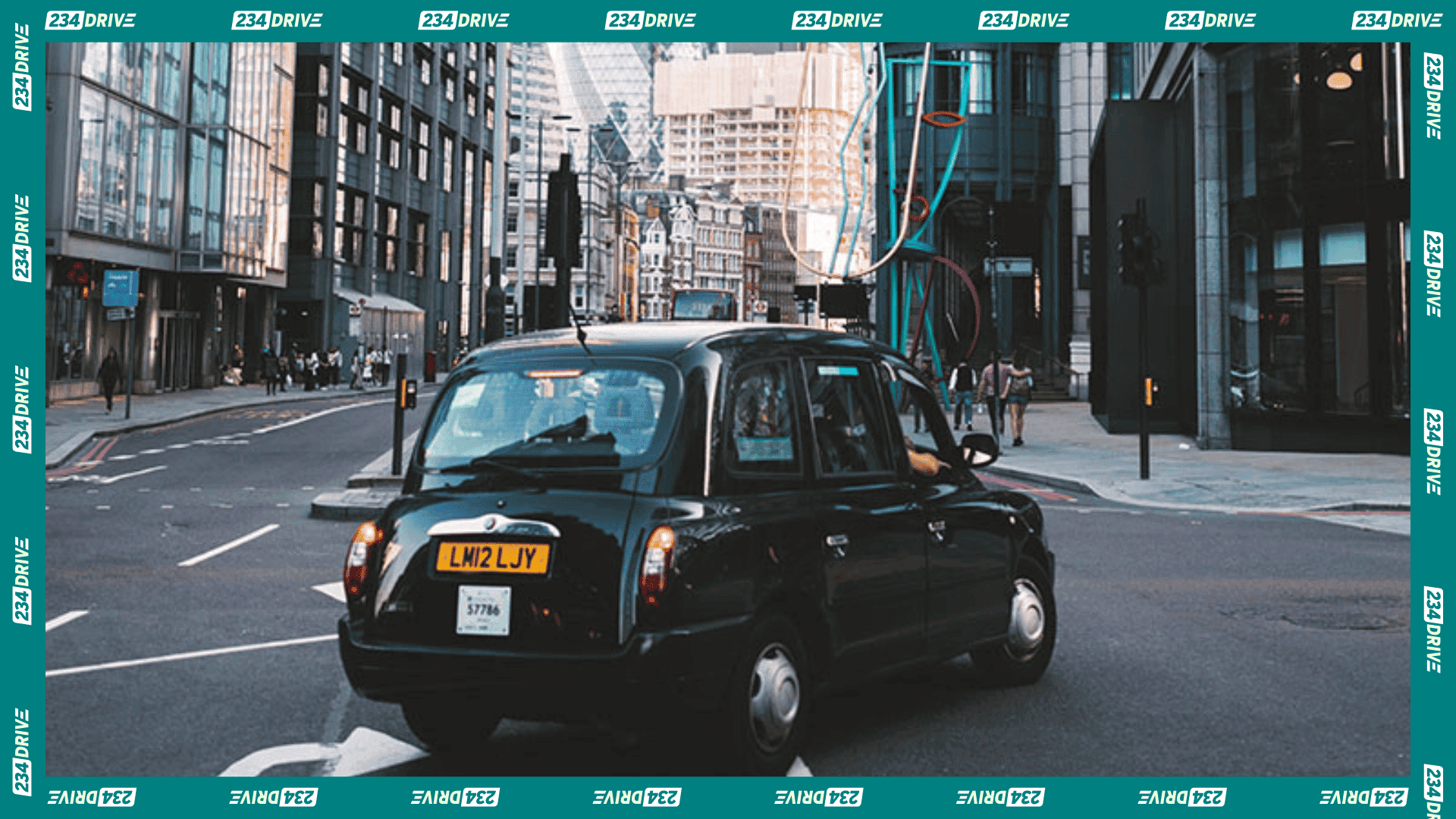
A perfect example of these unofficial taxis is the Nissan Micra. The Nissan Micra K11 has become the unofficial taxi in Ibadan, one of the largest cities in West Africa. Aside from the city of Ibadan, other cities in Nigeria all seem to have their own unofficial taxis. For example, in Ilorin, it’s the 8th Generation Mazda 323. More so, moving on to the South-South side of the country, another prominent city seems to have a new unofficial taxi.
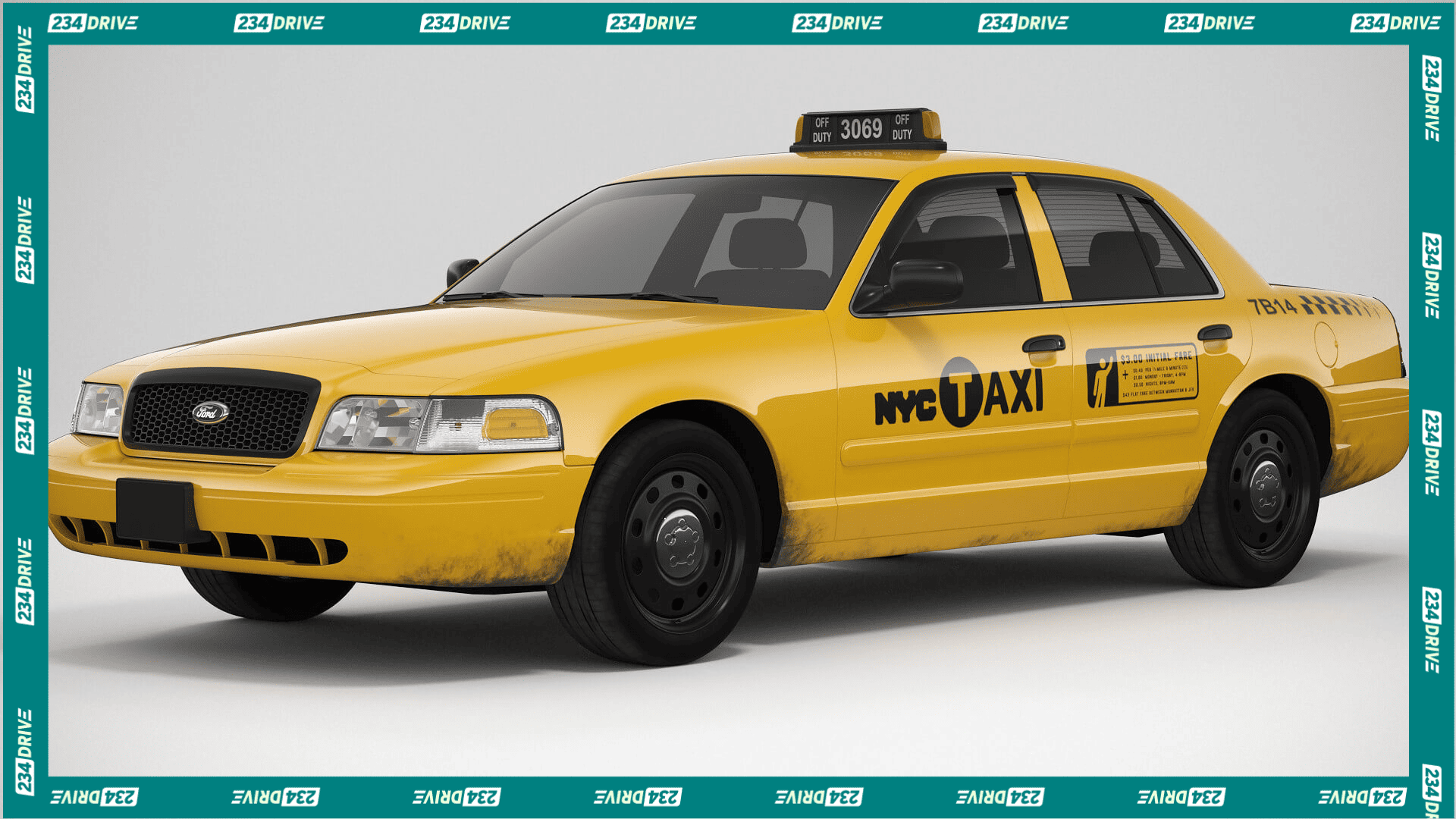
The Unofficial Taxi of Benin City
The Toyota Yaris has taken over as the unofficial taxi in the ancient city of Benin. Prior to the Yaris, the Audi 80 B3/B4 sedans and wagons had the spotlight. I spent a considerable part of my childhood in Benin City, Edo state and I remember the city being adorned with the yellow and brown Audi 80 sedans and wagons used as taxis. But today in Benin, the first generation Toyota Yaris has won the hearts of transporters. So, we asked a few drivers in Benin city why they are switching from Audi to the Toyota Yaris. The common response was that these Yaris vehicles are cheap to purchase, easy to maintain and very fuel economical. Some drivers also added that because the Yaris is cheap to maintain, their fare rates are lower and so, more passengers gravitate towards them.
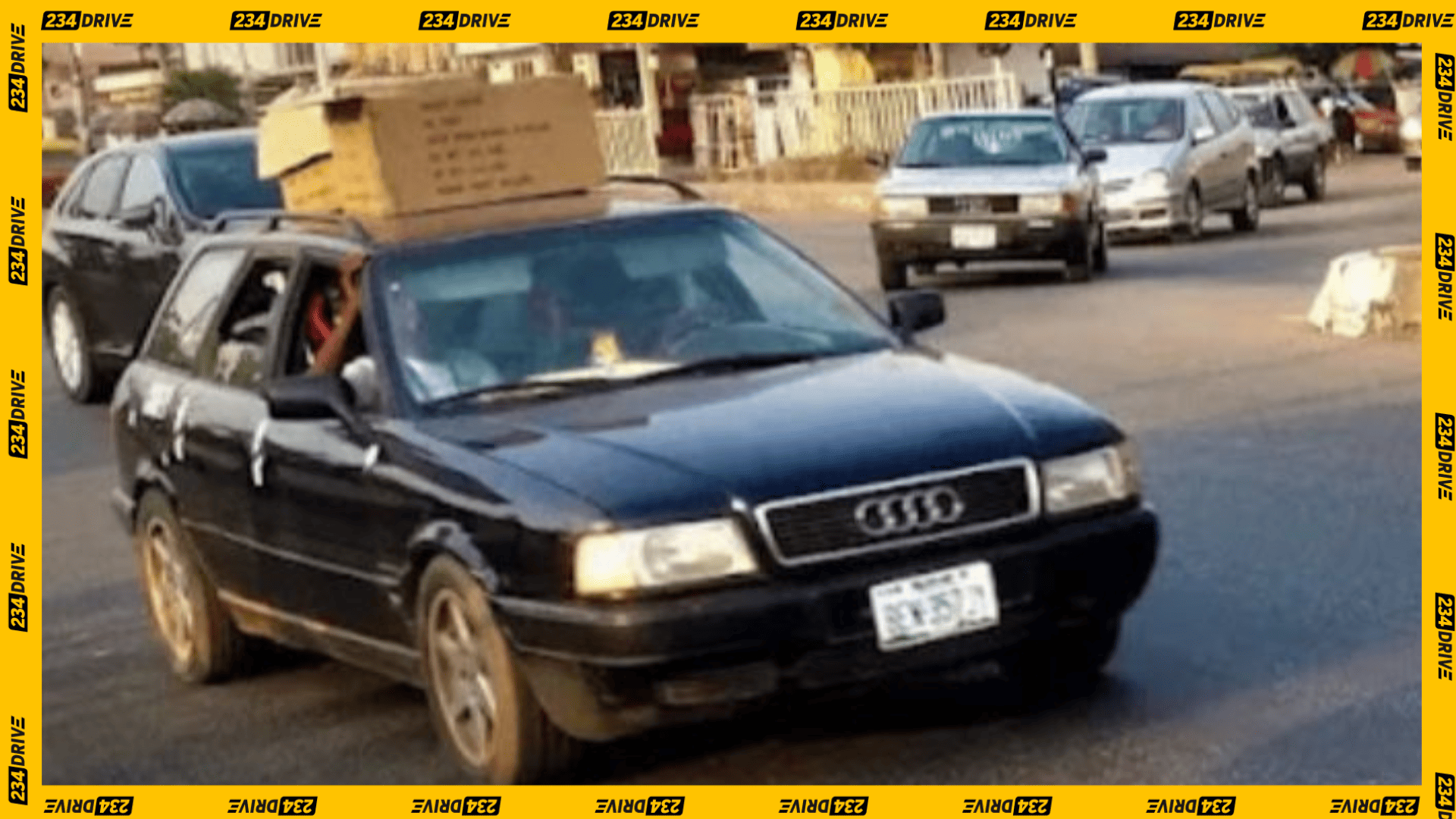
In the ‘Ibadan and the Micra’ article, it was also revealed that the Micra had proven to be easy to maintain and fuel-efficient. These features made it an attractive option for drivers looking to maximise their profits. You soon realise that these unofficial taxis in Nigeria are born out of necessity and economic practicality, rather than a bandwagon mentality. For example, the first generation Yaris used to be priced at about 2 million naira. Today, it is priced at about 4 million naira, because of the rising dollar rate. However, it is still one of the cheapest cars on the market. The Yaris is also easy and cheap to maintain, because its parts are readily available in the market. More so, because of its popularity, the local auto mechanics are endowed with a wealth of knowledge on how to fix any problems that may surface at a cheap rate.
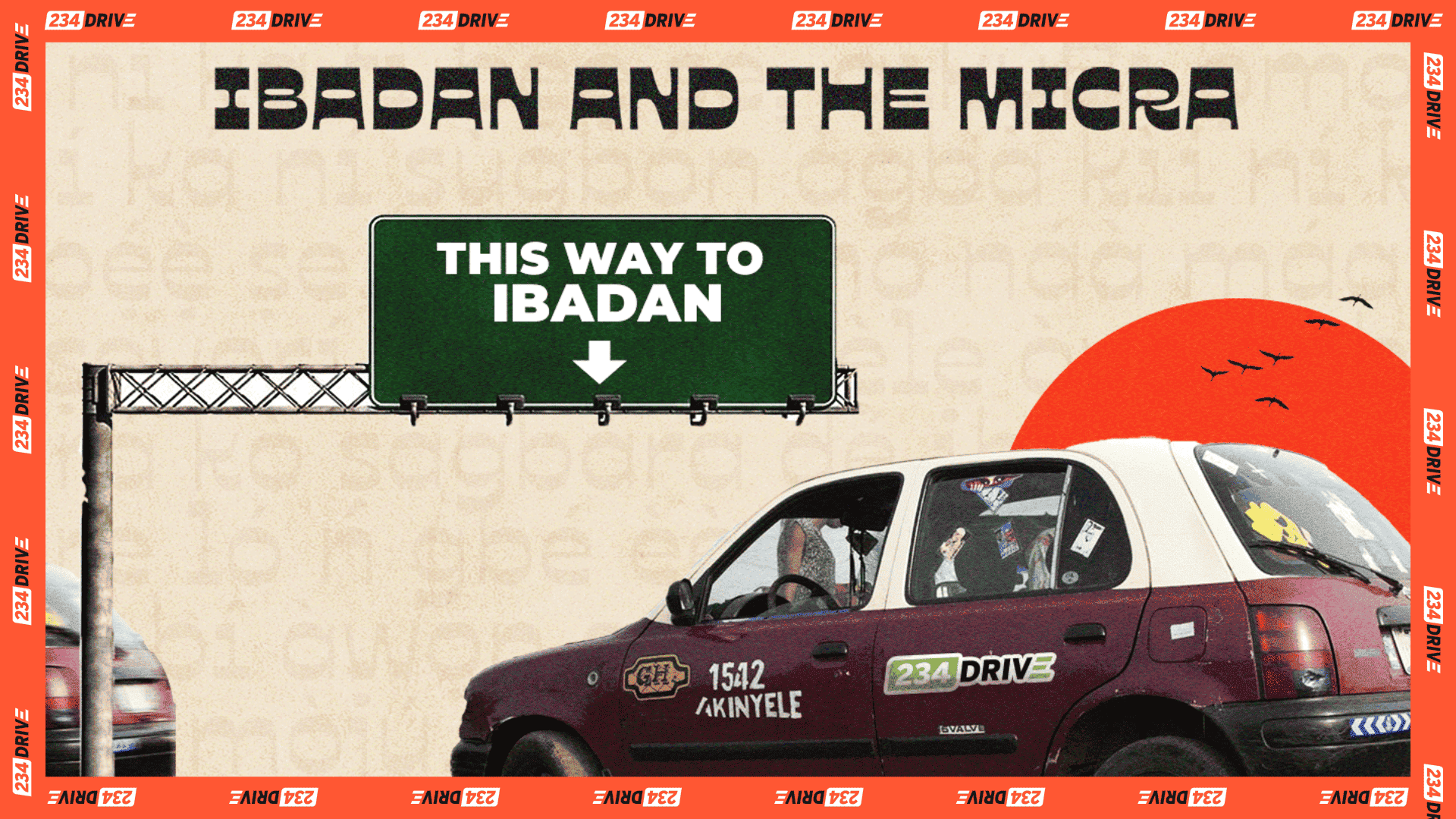
Other features that make these unofficial taxis stand out

As for fuel economy, the Yaris is a very nimble car that has great fuel economy. With its small 1.0 litre engine and 45 litre fuel tank capacity, the Yaris averages 20.5 kilometres per litre. This means that ten thousand naira worth of fuel would be more than enough for a day’s commute. Another very important factor of choice for these unofficial taxis is the size of these vehicles. If you take a good look at the Nissan Micra, Toyota Yaris and Mazda 323, you’ll realise that they are all very small hatchbacks. The obvious attraction of a hatchback is that it has a larger boot space for passenger luggage in comparison to a sedan. More so, having a nimble car enables these transporters to wade through traffic easily, by squeezing these vehicles through unimaginably tight spaces.

In a nutshell, it has become apparent why these unofficial taxis in Nigeria spring up and take over a city. However, in some cities, such as Asaba where I live, rather than taxis, the Keke NAPEP is the unofficial choice of public transport. In the same vein, the Keke NAPEP is cheap to obtain, small in size, very fuel efficient and can wade through traffic easily. So, what is the unofficial taxi in your locality? Let us know.


